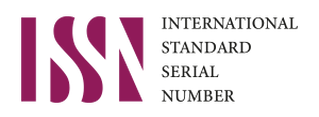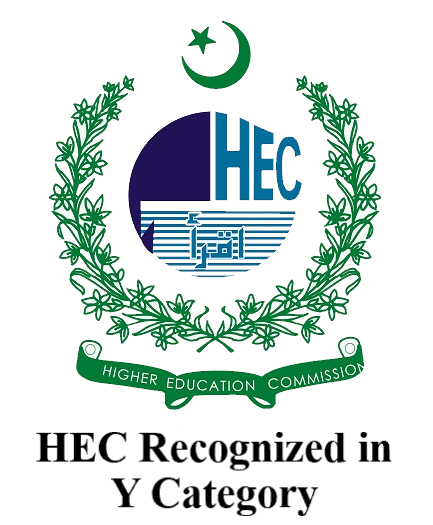English Pashto Contact: Morphological Adaptation of Bilingual Compound Words and Hybrydization in Pashto Language
DOI:
https://doi.org/10.71016/hnjss/e2j53602Keywords:
English Pashto Contact, Morphological Adaptation, Bilingual Compound Words, HybrydizationAbstract
Aim of the Study: Language Contact is a familiar concept in the present global world. Across the globe, languages get mixed up at different levels. Borrowing and code-switching are some of the means through which languages interact. This study examines Pashto-English contact at word and syllable levels.
Methodology: By recording the speech of 100 Pashto native speakers, selected via ‘social network’ sampling, the study located a number of Pashto-English compound hybrid words which is a unique contact of its kind. In data analysis, tokens were categorized on the basis of their pattern and morphological structure.
Findings: The study shows that Pashto-English Bilingual Compound Hybrid words (BCHWs) are very prevalent in Pashto language. The study also found that the BCHWs in Pashto are completely productive and have their own meanings. It also shows that the dominant pattern of hybrid words in Pashto is the conjugation of an independent English root word followed by a Pashto inflectional morpheme, which contributes to the core semantic content of the construction. The BCHWs construction shows that how both the languages are closer to each other. Pashto-English contact results into bilingual compound and hybrid words, which form a considerable number of tokens in the present day, spoken Pashtu.
Conclusion: On the basis of these findings, the study assumes that the same phenomenon may increase with the passage of time that would in turn result in the formation of more bilingual compound or hybrid words.
Downloads
Published
Issue
Section
License
Copyright (c) 2023 Ayesha Israr, Khalid Shah, Arif Khan (Author)

This work is licensed under a Creative Commons Attribution-NonCommercial 4.0 International License.








